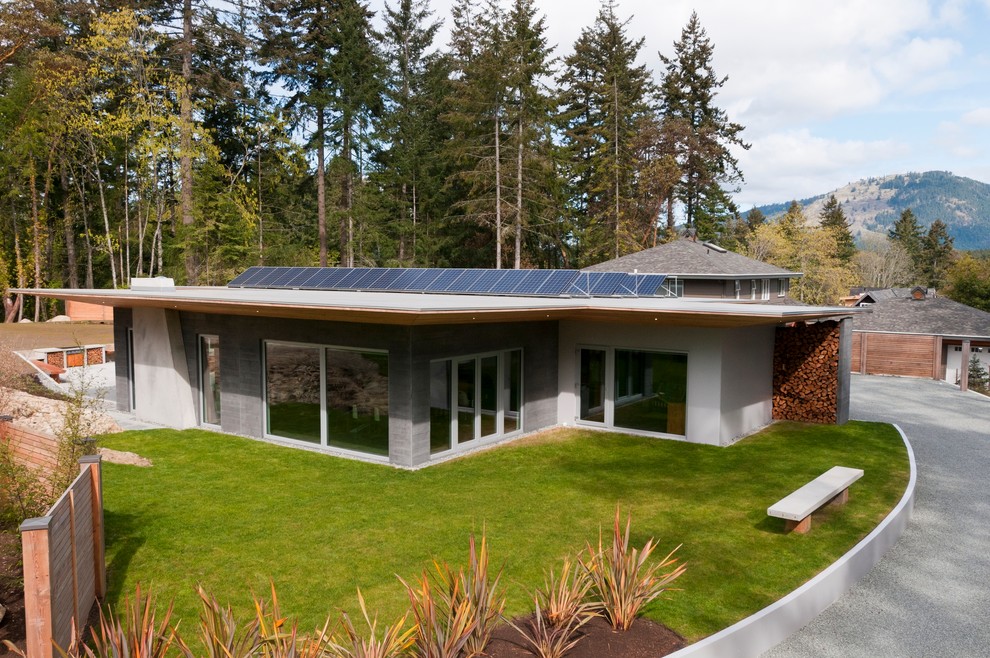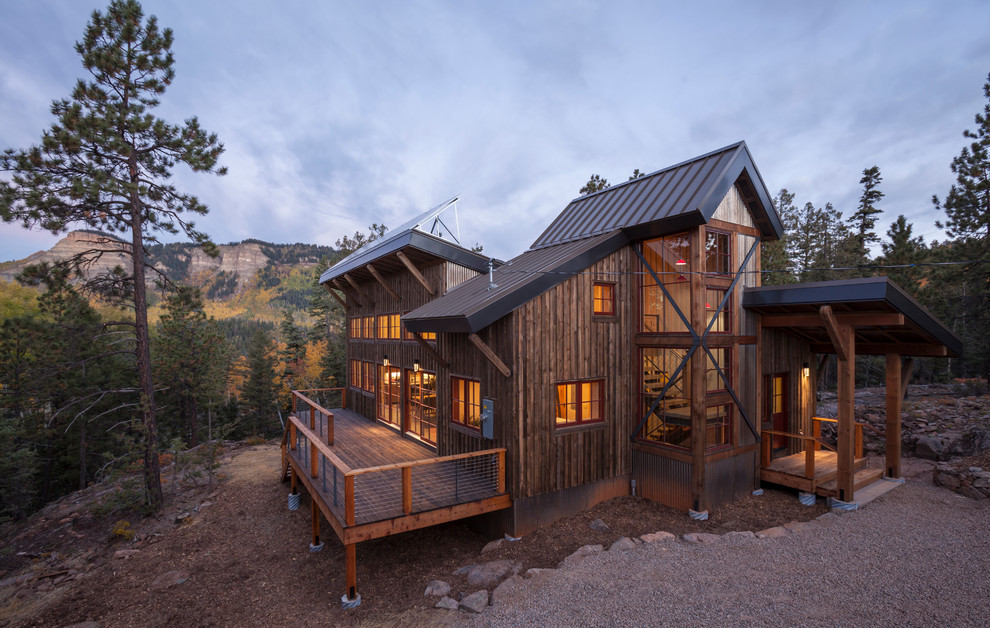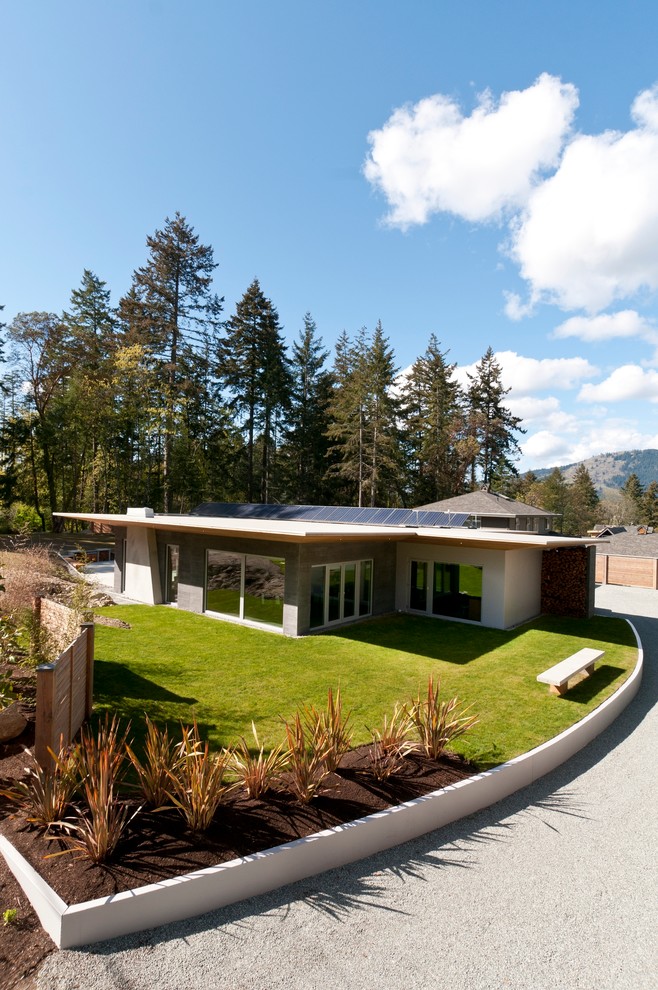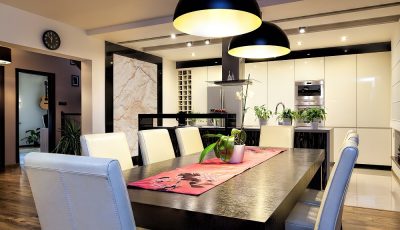6 Ways to Build an Energy-Efficient Home
Our society is becoming increasingly aware of the importance of using energy more efficiently. If this is not due to the green movement, it is definitely because of the rise in energy bills that people are facing at the end of every month. Energy cost is sure to increase even more in the future, but this can be avoided by making homes eco-friendlier.
Homeowners and renters can minimize their expenses by introducing changes to their existing homes, while future home builders can make energy efficiency one of their focal points right from the start. Here is what goes into building an energy-efficient home:
Is Building an Energy-Efficient Home Expensive?
Some might be under the misconception that building an energy-efficient house will cost more than the ordinary house. But if one were to calculate what can be saved over the lifetime of the finished home, the savings will most likely outweigh the initial capital investment. Also, certain energy-efficient homes have the benefit of qualifying for tax breaks or incentives.
What does an Energy-Efficient Home Look Like?
These homes are constructed in such a way to conserve energy, reduce the energy usages, minimize greenhouse gas emissions, and consist of some renewable resources. When compared to conventional homes, they bring about some significant savings over time.
1. Home Layout
When designing a home, the natural surroundings should be taken into consideration. By orientating the home facing south, if you are in the Northern Hemisphere, for example, you can make use of solar power effectively. This rule does not only count for solar systems, but for creating a passive solar home as well. When your home is heated up by the sun naturally, it is considered passive heating.
Calculating how and when the light hits the location, it helps you to plan the layout in such a way so that you can take advantage of natural light throughout the day.
It is essential to understand the site’s natural context and then to respond accurately by choosing a design that fits best. For example, areas which are particularly windy have the advantage to make use of windmills.
Investigating the building site will help you to become aware of what works and what doesn’t, giving you the upper hand during the designing process.
2. Basic Structure
Insulation is key for maintaining your home warmer during the winter and cooler during the summer. It should be implemented in the foundation of the house, walls, and floors. Also, do not forget about insulating the basement and attic as well. Choosing the right doors and windows are crucial, and always opt for energy-star rated ones.
Photo by ZeroEnergy Design
Furthermore, it is essential that all doors and windows should be airtight throughout the home to ensure that no energy is going to waste.
3. Renewable Energy Resources
Solar systems are becoming very popular for a good reason, as they can provide you with an off the grid lifestyle. With the right layout and roof structure, your home can run efficiently on solar energy alone. These systems are significant investments, but they will pay in the form of saving for themselves.
If your budget does not allow installing solar panels, you can always choose to lease panels or find a solar sharing option in your community.
4. Energy-Efficient Appliances and Fixtures
Building from scratch gives you the chance to choose right from the start. Luckily, the majority of modern appliances and fixtures are designed with energy efficiency in mind, just make sure they are energy-star rated.
Photo by Adam Dettrick Architects
For instance, you can find energy efficient lighting, stoves, entertainment systems, furnaces, water heaters, and thermostats on the market. Don’t forget to save on water as well by installing energy-efficient shower heads, toilets, etc. And if you want to take a step further, you can invest in a small solar charger which can run smaller devices through the energy of the sun.
5. Choose the Right Materials
The kind of material you choose to design your home with will depend mainly on your taste. The good news is that energy-efficient materials come in all forms and shapes.
When it comes to materials that are out of sight like insulation, there are various eco-friendly options. Other than the common rigid-foam and batt products, you can choose an R-valued straw bale for instance, which is low cost and proven to have a low environmental impact.
Your home interior is a different story as the material will most likely depend on your decorating style. Whether you choose to go with a wooden floor or tiles, make sure you know which products are more environmentally friendly.
6. Pay Attention to Landscape Design
Planning your landscape is just as important to keep your home energy-efficient. Landscapes can be designed to reduce watering and maintenance needs. With trees and plant on your property, you will have sufficient shade during the summer. Condensation of water from the plants also helps to cool your home indirectly, bringing your home a cool breeze in the summer days.
Final Thoughts
Planning an energy-efficient home on your own might be a challenge. Yes, there are many examples of energy-efficient construction out there, but not one of them would be an exact match to your area you chose. When it comes to the designing, layout, and construction itself, your best bet is to find professionals who are already experienced in energy-efficient building and design.
By making use of articles like this and researching your specific interest, you will have the power to convey your needs to the contractor more accurately.
Author bio:
Matt James is a freelance writer specialized in home improvement, smart technology, architecture & design. He has a love of outdoors and spending time with his dog Cooper. You can reach him on Facebook and Instagram.
















